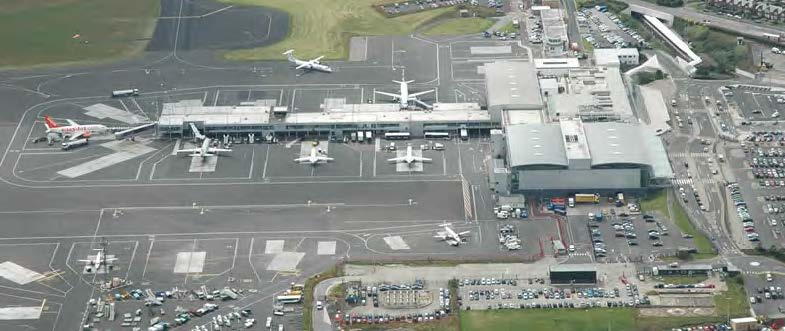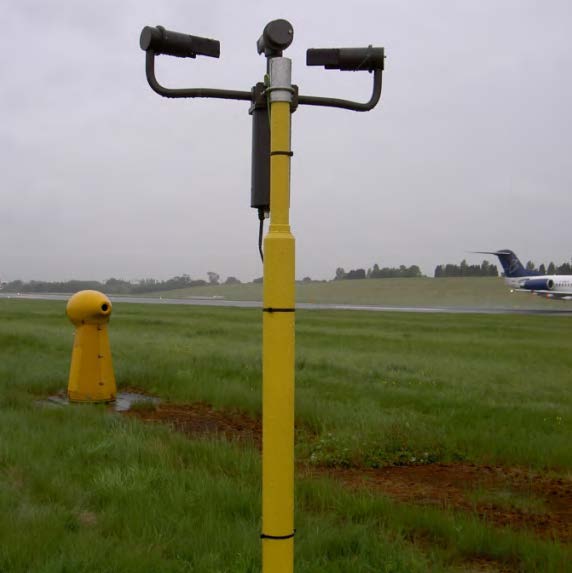
Newcastle International Airport was the first airport in the UK to achieve Category III status for the use of forward scatter meter runway visual range equipment. This significant achievement was made by NATS and AGI Ltd using Biral VPF-730 forward scatter sensors. The ability of a runway to operate in reduced visibility conditions is determined by the installed landing equipment and is ranked from Category I to III, with Category III representing the lowest visibility condition.
Traditionally, runway visual range installations have used transmissometers to determine visibility along the runway. These large devices are costly to purchase, install, and maintain, which can be a limiting factor when considering upgrading to Category III operation. Forward scatter meters, or FSMs as they are often called, have been demonstrated to have comparable visibility measurement performance to transmissometers but are much smaller, have less onerous maintenance requirements, and are considerably less expensive.
Forward scatter meters have other advantages, including the ability to measure visibility from 10m to 75km and the reporting of present weather conditions. These features allow forward scatter meters to supply data both for runway visual range assessment, METAR reports, and general meteorological forecasts.

Biral offers a comprehensive range of forward scatter sensors, all of which meet the essential requirements for use in Category III runway visual range assessment systems. Our sensors are also used in road transport, offshore, and wind energy applications, as well as meteorological monitoring networks and research. To find out more about our sensors, contact us
If you would like to know more about the Newcastle Airport Installation, visit the NATS Press Release
VPF-730 Visibility & Present Weather Sensor
The VPF-730 Visibility sensor provides accurate visibility and present weather measurement in a compact and robust package, making it well suited to both general and offshore aviation applications. Every aspect of the sensor’s design is focused on measurement accuracy, reliability, and durability. The open design of the sensor head allows the free passage of air for greater measurement accuracy, whilst the hard coat anodised dip-brazed construction gives superb corrosion resistance, which is especially important in offshore applications.
The unique backscatter receiver gives the VPF-730 unparalleled abilities in distinguishing frozen from liquid precipitation, a key factor when determining the safety of aircraft operations. Present weather conditions are reported using WMO table 4680 codes to simplify system integration and compliance. An optional interface to the ALS-2 Ambient Light Sensor makes the VPF-730 suited for use in aviation applications where Runway Visual Range (RVR) information is required in addition to METAR data.
The VPF-730 can be AC mains or low voltage DC powered, and hood heaters are available for use in areas prone to snow.
- WMO Table 4680 present weather codes
- Unaffected by obstacle warning lights
- Easy integration of Biral ALS-2 Ambient Light Sensor
- 10m to 75km measurement range
- Window contamination monitoring and compensation